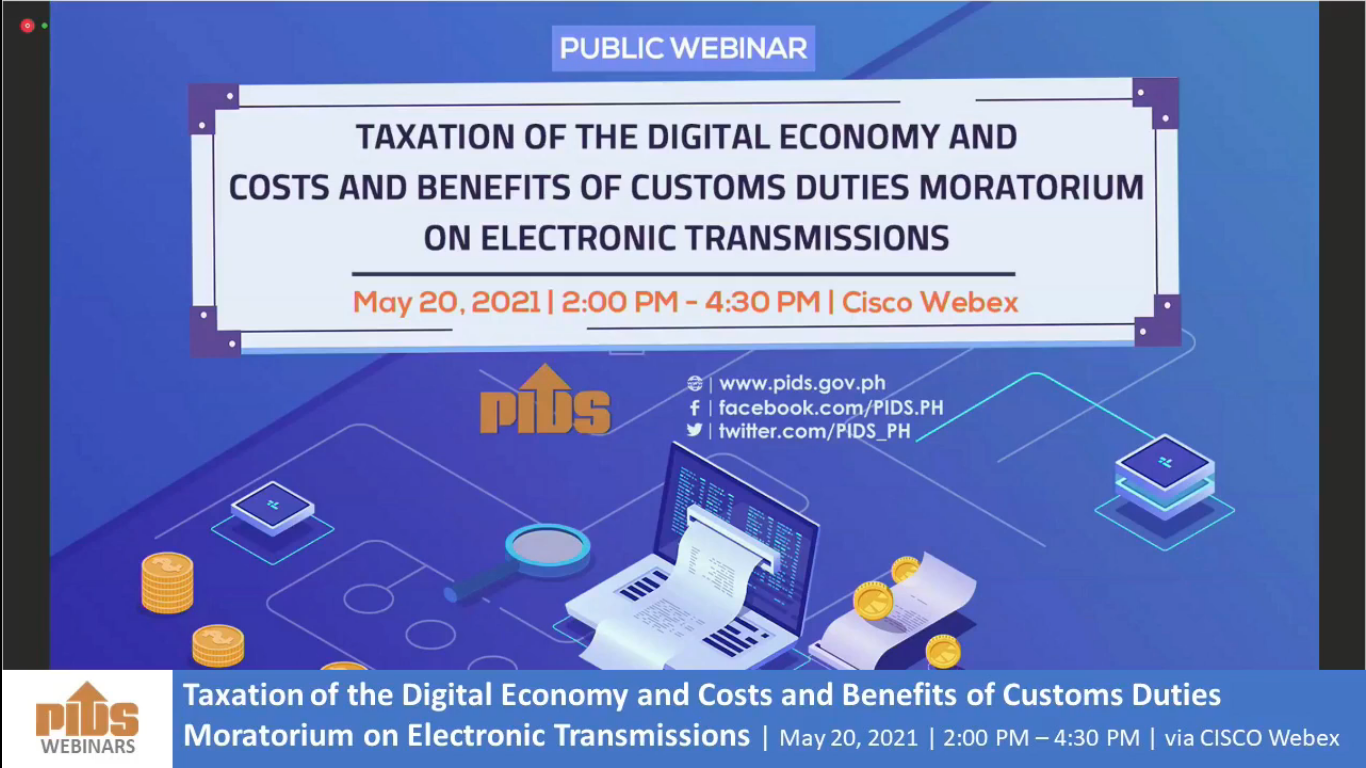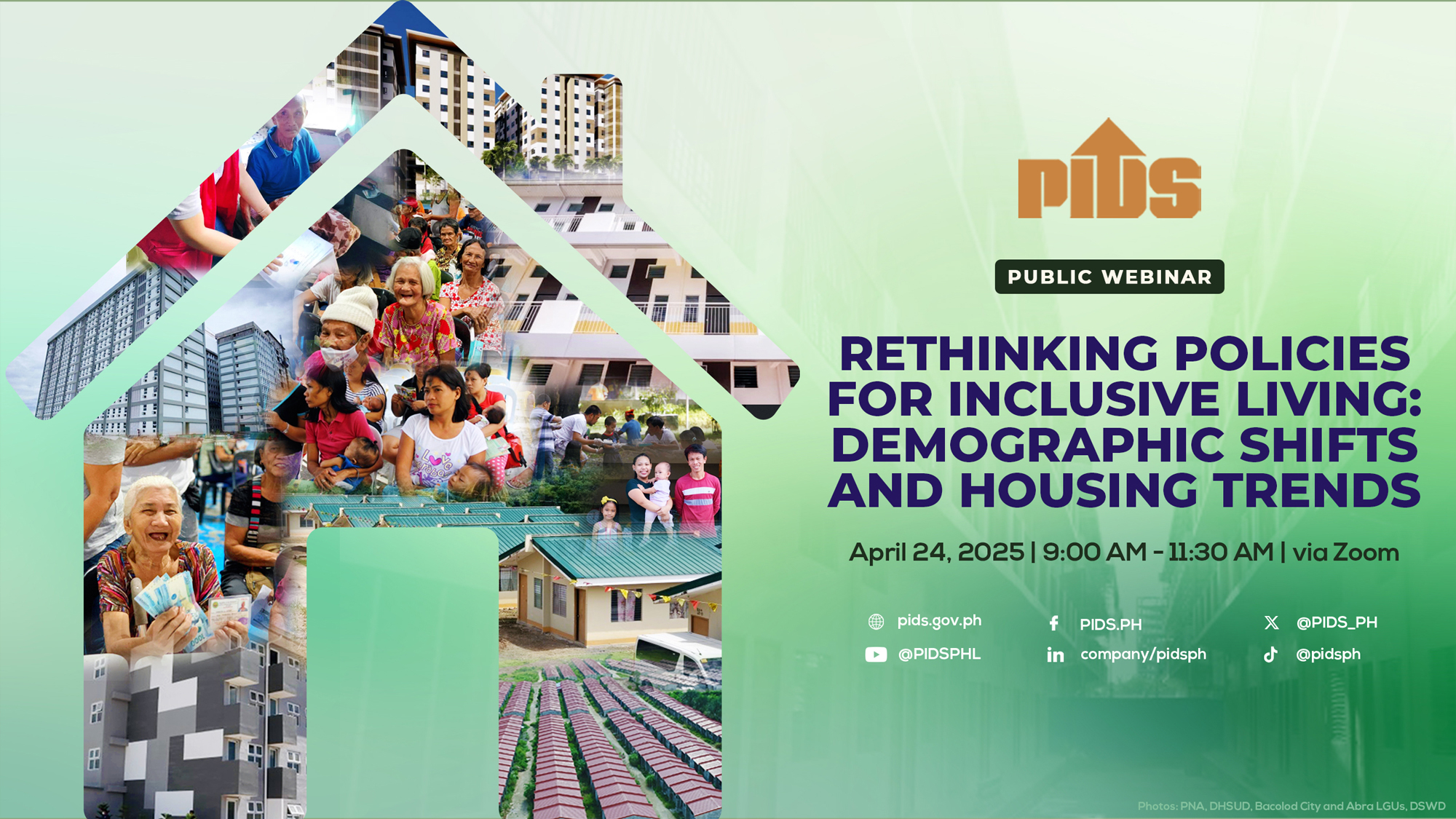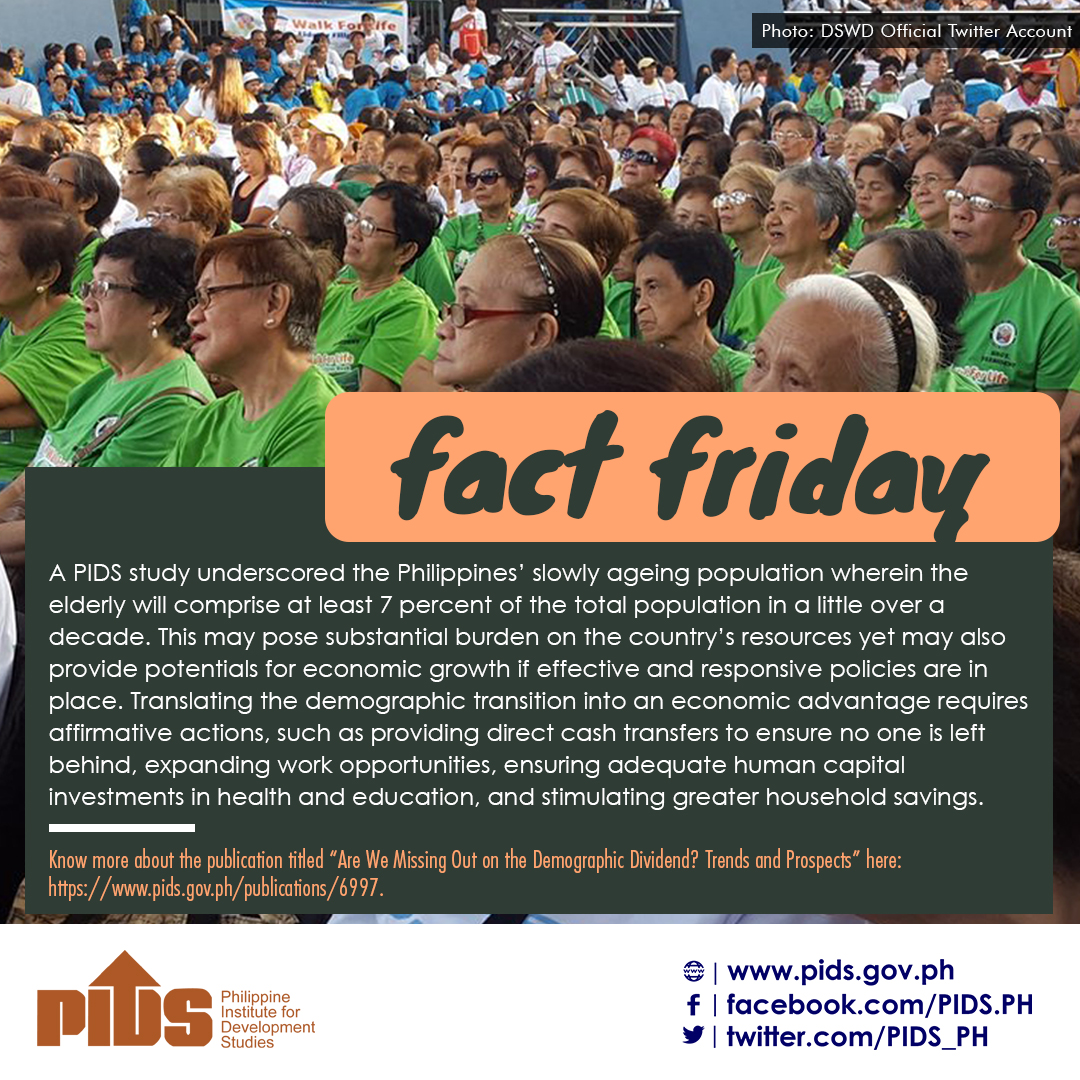AS more Filipinos grow older, attaining the demographic dividend will remain an uphill battle and will cost the government trillions, according to the latest publication of state-owned think tank Philippine Institute for Development Studies (PIDS).
In the study, titled “Are We Missing Out on the Demographic Dividend? Trends and Prospects,” a team of researchers led by PIDS Senior Research Fellow Michael Ralph M. Abrigo found that reaping the demographic dividend will require the continuation of cash transfer programs.
However, PIDS estimates that due to this, public debt could “breach 100 percent of primary income by 2060.” The national debt, the researchers said, could already increase to P29.4 trillion by 2030 from P6 trillion in 2015.
“Our results suggest that even relatively stingy public transfer programs may lead to unsustainable public debt burden in the longer term when changes in the population age distribution, particularly population aging, are taken into account,” the researchers said.
“It does not mean, however, that government transfer programs cannot be expanded. Indeed, our results indicate that governments can become more generous as long as these are matched with reforms to raise greater government revenues, e.g., tax reform,” they added.
At the current pace of the country’s population growth, the researchers said the Philippines may not be able to maximize the benefits of the demographic dividend.
While the proportion of the elderly aged 65 years and older has increased only slightly from 3.1 percent in 1990 to 4.6 percent in 2015, the researchers said the country’s demographic trend “will soon change.”
Citing studies from the United Nations, the researchers said the elderly population in the country is expected to increase to 9.9 million in 2032 and to 23.7 million in 2069 from 4.7 million in 2015.
The UN report in 2017, the researchers said, indicates that the Philippines will become an aging society by 2032. They said “this may pose a heavy burden on the country’s resources, particularly on its pension system.”
“Even if average fertility rates drop, it is highly likely that the rates of decline will vary across different populations, thereby potentially exacerbating inequality in the near term. Affirmative actions by government, such as direct cash transfers, may be necessary to ensure that no population gets left behind,” the authors, however, said.
Dividend defined
IN a recent statement, the National Economic and Development Authority (Neda) explained that the demographic dividend is the economic growth experienced by a country as a result of the change in the country’s population structure.
The Neda said it is the product of the demographic transition, which is characterized by markedly declining mortality and fertility rates, resulting in the shrinking of the dependent age (0-14) group and expanding of the work force (ages 15-64).
This transition, the Neda explained, leads to steadily rising savings and investment rates and, hence, faster economic growth and improved living standards.
Further, Neda said demographic transition has three phases. The first is marked by an initial decline in infant mortality (death rate), with fertility rate remaining high.
The second phase happens when the share of working-age population becomes large relative to the young dependent ages and the older population or 65 years and above.
The Neda said that with the number of those in the productive working-age population at its highest, the economy’s growth will significantly increase. This is the third phase of the demographic transition.
It explained that with a bigger work force that can generate higher income and a less dependent population, the government can allocate its resources for economic development and social services (education, health and nutrition). This is also often referred to as the demographic-economic window of opportunity.










